Blog
Filtering by category "content-repository/page/2"
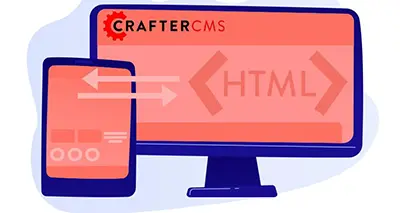
Crafter: A Headless CMS for SPAs
Single-page applications (SPAs) have been quietly taking center stage in the world of web development for some time. While the average user might not be aware, many of the most commonly used popular websites and social media platforms are SPAs. The l

Next.js In Review: An Exceptional Experience for Developers Building on a Headless CMS
Facebook's React UI framework, introduced in 2013, has been a trailblazer in the frontend world since its introduction. Developing dynamic websites with rich functionality was hard back then, and many devs (and upper management) considered Java

RedwoodJS: A Rails-Inspired Experience for Full-Stack Javascript
When Jordan Walke first released React.js in 2013, it was a revolutionary moment for many frontend developers. Using a virtual DOM and one-way data flow, he greatly simplified reasoning about web applications compared to other approaches at the time.
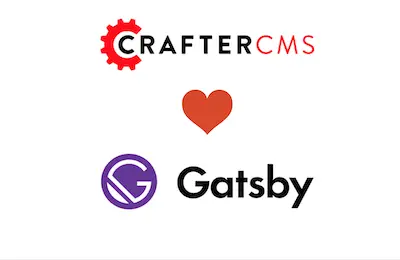
In-Context Preview for Gatsby with CrafterCMS
GatsbyJS is a ReactJS and GraphQL based Static Site Generator that is great for developers and Ops but what about the content creators? Content Creators what in-context features like preview, point-n-click editing and drag-n-drop. CrafterCMS and Gatsby provide the solution.

How to Install CrafterCMS
In this article we cover the various ways you can install CrafterCMS with pointers to resources and documentation as well as step-by-step instructions for installing CrafterCMS via a simple download.

Is GraphQL the Next API Standard for CMS?
GraphQL has enjoyed tremendous growth in popularity, becoming a de'jour standard in the development community with bindings for well over 15 languages and pluggability with many backends. While GraphQL was never designed to be an API standard for CMS platforms, it may be one of the best things to happen for APIs for content management. Is GraphQL the Next API Standard for CMS?

Setup CrafterCMS Authoring Using Crafter's AWS AMI
In this tutorial we will demonstrate how to launch, configure and sign in to Crafter's AWS AMIs for Crafter Studio, the authoring component of CrafterCMS.
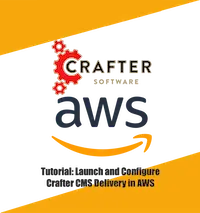
Setup CrafterCMS Delivery Using Crafter's AWS AMI
In this tutorial we will demonstrate how to launch, configure and sign in to Crafter's AWS AMIs for Crafter Engine, the delivery component of CrafterCMS and wire it to a Crafter Authoring instance to host deployed Crafter sites.
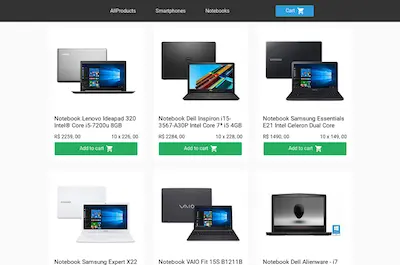
CMS for SPAs Tutorial: Using Vue and GraphQL with CrafterCMS
In this tutorial you will learn to integrate existing Vue applications using Graph QL and CrafterCMS to supply content

5 Areas of Focus for CrafterCMS in 2019
It’s almost 2019 and we couldn’t be more excited with what’s in store for CrafterCMS in the coming months. What’s on the roadmap? Here is a quick summary of five main areas of focus that we know will help Crafter to remain the best CMS platform for innovative organizations.

Headless CMS: Enable In-Context Preview and Editing in an External Application
Do you have an existing application that has content in it that you want to manage but you don’t want to completely rebuild in a CMS? This use case is more common than you can imagine. Developers start building an application only much later to find it would benefit from CMS authoring capabilities like in-context editing and preview. What’s the solution? Rebuild the application? No. CrafterCMS is a headless CMS that’s front-end agnostic. It can plug into any application. Let’s look at a very simple example. Just recently I posted a blog that used Node JS an external application that called CrafterCMS headless CMS capabilities for content via APIs.
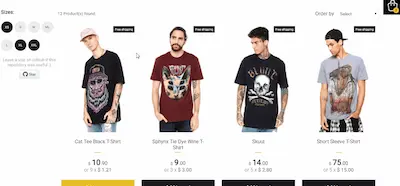
CMS for SPAs Tutorial: Using React and Node JS with CrafterCMS 3.x
The most traditional, full-featured CMS platforms are not designed to handle headless content and most headless CMS platforms aren’t full-featured and have only basic authoring support. CrafterCMS is both full-featured and fully supports headless CMS capabilities. That’s pretty unique. In this tutorial, you will learn how to create a content-rich, ReactJS-based Single Page Application (SPA) with in-context editing and other full-featured authoring capabilities.